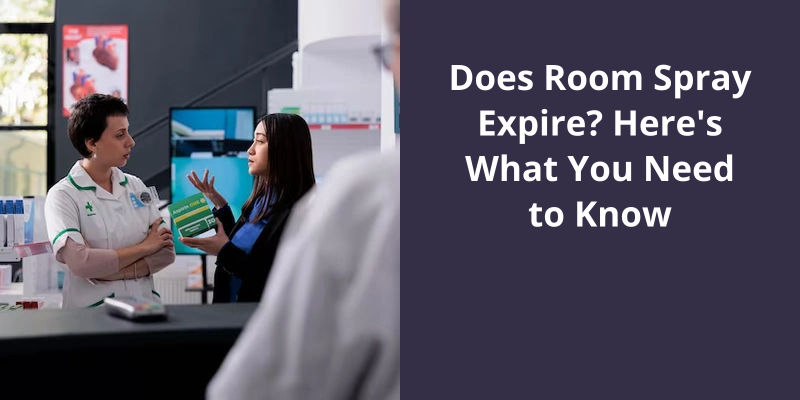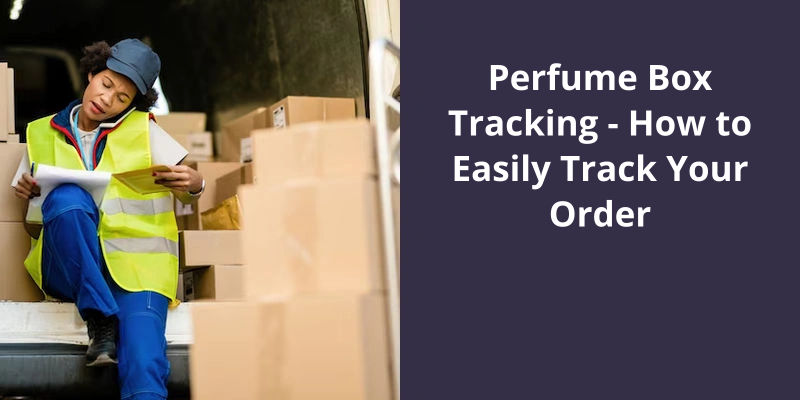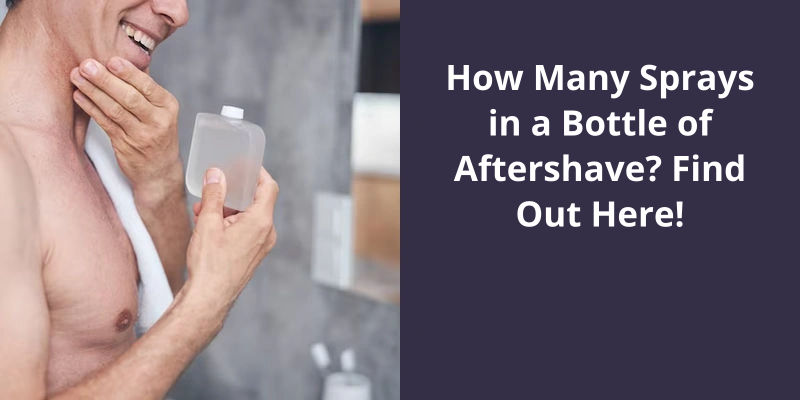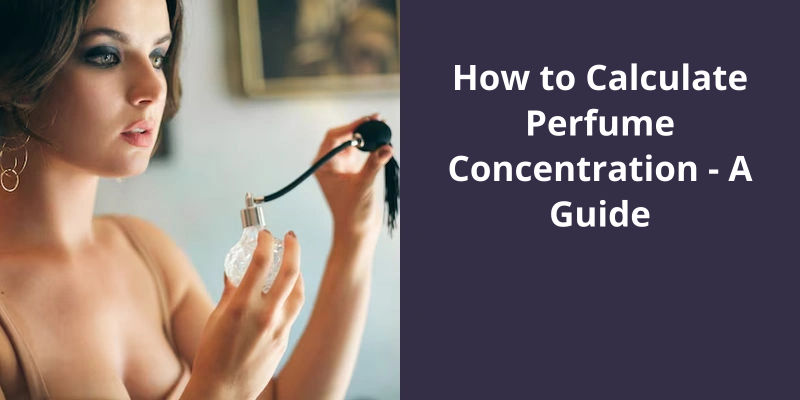Perfume bottles are generally not pressurized. They use a simple pump mechanism that, when pressed, creates a vacuum that sucks up the liquid from the bottle and expels it in a mist-like spray. The perfume is not stored under high pressure like in aerosol cans. When you press down the spritzer, you’re manually pressurizing the perfume to be released, but the entire bottle is not under constant pressure.

Are Perfume Bottles Air Tight?
Perfume bottles are designed for a specific purpose, which is to contain and protect the fragrance inside. They are, therefore, engineered to be airtight and sealed to prevent any air or environmental factors from affecting the fragrance.
The caps to these bottles are also crucial to the airtight element of the fragrance. With some caps, they’re designed in such a way that they release the fragrance only when they’re twisted or clicked open, which helps to maintain the fragrances original chemical composition. This process ensures that the fragrance stays fresh and long-lasting even after months or even years of being stored inside the bottle.
Furthermore, the design of these bottles is focused on ensuring the protection of the fragrance from oxidation. Oxidation is a chemical reaction that occurs when fragrance components react with oxygen in the air, and it can lead to a change in the aroma of the perfume.
In addition, some brands use high-quality glass for their bottles, which serves to improve their airtight element. The thickness and quality of the glass used prevent any air from penetrating and interfering with the fragrances original composition.
The Impact of Exposure to Sunlight and Heat on the Airtightness of Perfume Bottles.
- Increase in temperature can cause the perfume to expand and escape from the bottle.
- Exposure to sunlight can also cause the perfume to degrade and lose it’s scent.
- To prevent these issues, store perfume bottles in a cool, dark place away from sunlight and heat sources.
- Airtightness can also be improved by ensuring the bottle is tightly sealed and stored upright.
- If you notice a change in the scent or consistency of your perfume, it may be time to replace the bottle.
Now that we understand how perfume molecules behave, let’s explore the science behind how perfume works it’s magic. Many people wonder if perfume is a compressed gas, but the truth is a bit more complex than that. The way perfume molecules interact with each other and with the air around them is what makes them so effective at creating a range of olfactory experiences. Let’s take a closer look!
Is Perfume a Compressed Gas?
Perfume isn’t a compressed gas, despite it’s molecules being compressed in the bottle. While it’s true that the molecules of perfume are kept in a condensed state, it isn’t due to external pressure, but rather the nature of the liquid itself. Perfume is made up of a mixture of volatile compounds that are suspended in a liquid. When the bottle is sealed, the volatile compounds are confined to a small volume, but the pressure inside the bottle isn’t affected, as it’s equal to the surrounding air pressure.
When the bottle is opened, the perfume molecules become less tightly bonded and they start to diffuse into the air. The diffusion is driven by the increase in randomness among perfume particles, which is a direct result of the Second Law of Thermodynamics. As the perfume particles become more scattered, they start to encounter the air molecules, which interact with them and then carry them further away from the source.
The diffusion of perfume particles in the air isn’t driven by any external force, such as compressed air. Instead, it’s an example of a natural process that occurs due to the inherent properties of the perfume molecules and the surrounding air. The rate of perfume diffusion in the air depends on a variety of factors, such as the temperature, pressure, humidity, and the nature of the perfume itself.
Perfume is often used for it’s pleasant scent, but it can also be used for therapeutic purposes. For example, some perfumes contain essential oils that have been shown to have a calming effect on the mind and body. The therapeutic effects of perfume are thought to be due to the presence of volatile compounds that can interact with the olfactory receptors in the nasal cavity. These receptors then send signals to the brain, which can result in a range of physiological and emotional responses.
The release of perfume into the air is a process that’s driven by the inherent properties of the perfume molecules and the surrounding air, and not by any external force.
Chemical Composition of Perfume
- Aldehydes
- Ambroxan
- Benzyl benzoate
- Bergamot oil
- Citral
- Citronellol
- Coumarin
- Eugenol
- Farnesol
- Gallanol
- Glycerol
- Ionones
- Isoeugenol
- Liftessence
- Limonene
- Linalool
- Methyl anthranilate
- Musk
- Nerol
- Neryl acetate
- Olibanum oil
- Phenyl ethyl alcohol
- Terpineol
- Vanillin
However, if your perfume is in a glass bottle, you may be wondering if it’s allowed on airplanes. The answer isn’t a straightforward yes or no, as it largely depends on the size of the bottle and the airline’s specific regulations.
Are Glass Perfume Bottles Allowed on Airplanes?
Perfume is a popular, luxury item that many people like to bring with them when they travel. Whether you’re going on a long vacation or a short business trip, having your favorite scent can boost your confidence and make you feel more comfortable. However, it’s important to remember that certain rules apply when it comes to bringing perfume on airplanes. Depending on the type of bottle you have, you may be required to pack it in a certain way or leave it at home altogether.
One of the most common questions about traveling with perfume is whether glass bottles are allowed on airplanes. The answer is both yes and no. While there are no specific restrictions on bringing glass perfume bottles on board, they do pose a risk of breakage. If a glass bottle breaks during flight, it can be a hazard to passengers and crew, as well as damage other items on board. As a result, airlines recommend that passengers pack their perfume in sturdy, leak-proof containers.
You should wrap the bottle in a soft material, such as bubble wrap or a towel, to help protect it from damage. Additionally, it’s a good idea to place the bottle in a sealable plastic bag to prevent any leaks from spreading to other items in your luggage. When packing your perfume, keep in mind that any liquids you bring must be in containers that hold no more than 3.4 ounces (100 milliliters).
You can also consult the TSA website, which has a list of items that are prohibited or restricted on airplanes. With a little bit of planning and preparation, you can enjoy your favorite fragrance on your next trip without any hassle.
For example, some airlines may require that all perfume bottles be checked in, rather than carried on. It’s important to familiarize yourself with your airlines rules before you travel, as this will help you avoid any potential issues at the airport. If you’re unsure about a particular policy, you can contact your airline directly for more information.
You should also be mindful of other liquids, such as toiletries or drinks, that you may be bringing with you. Make sure that all of your liquids are properly packed and labeled, and that you haven’t exceeded any weight or size restrictions. By being aware of these rules and regulations, you can ensure a smooth and hassle-free travel experience.
How to Properly Pack Perfume for Air Travel
When packing perfume for air travel, make sure to place them in a clear, resealable plastic bag to comply with TSA regulations. Wrap the perfume bottle in clothing or bubble wrap to prevent it from breaking in your luggage. Consider purchasing travel-sized perfume to avoid potential spillage issues.
It’s important to keep in mind that airport security measures are strict, and the regulations differ from country to country, so checking with your airline before traveling is always a good idea. Now that we know the rules for carrying a bottle of perfume in hand luggage, let’s explore some tips for traveling with fragrances.
Can I Take a Bottle of Perfume in Hand Luggage?
Perfumes, colognes, and other fragrances are common items that many travelers carry in their luggage. Whether you want to bring your favorite scent with you on a business trip or vacation, you should be aware of the rules and regulations governing it’s transportation. Perfume bottles are classified as liquids, and so, they’re subject to the same restrictions as other liquid items.
Furthermore, the 3.4-ounce perfume bottle must be placed inside a single, clear, plastic, sealable bag for inspection. This bag should be no larger than one quart or one liter in size. You may only have one bag per person. You must place this bag in your carry-on luggage where it’s easily accessible and separable for inspection at the checkpoint.
Some airlines may have their own rules on the size of containers or the number of items allowed in carry-on luggage, so it’s best to check with your airline before you travel.
It must be in a container with 3.4 ounces (100 milliliters) or less and placed in a single, clear, plastic, sealable bag for inspection. Remember to comply with TSA rules and any airline-specific regulations to ensure a hassle-free travel experience. By following these guidelines, you can enjoy your favorite fragrance on the go without any issues or delays.
How to Properly Store Fragrances at Home to Ensure Their Longevity and Quality
- Keep fragrances in a cool and dry place, away from direct sunlight and heat sources.
- Store them in their original packaging or airtight containers.
- Avoid storing fragrances in the bathroom, as humidity and moisture can degrade the scent.
- Don’t store fragrances near windows or vents, which can expose them to temperature fluctuations and air exposure.
- Try to use fragrances within two to three years, as they can begin to deteriorate and lose their potency over time.
When it comes to using your favorite fragrance on-the-go, it’s always handy to have a travel-sized bottle on hand. However, constantly purchasing new travel-sized bottles can become expensive and wasteful. A simple solution to this problem is to refill your travel-sized bottle with the use of a syringe. Not only is it cost-effective, but it also allows you to have your favorite scent with you wherever you go. Keep reading to find out how to refill a perfume bottle with a syringe.
Can You Refill a Perfume Bottle With a Syringe?
One of the most common questions that perfume enthusiasts ask is if they can refill their empty perfume bottles using a syringe. This method is a cost-effective and eco-friendly way to extend the life of your favorite fragrance.
If your perfume bottle has an easily removable sprayer, you can take it off and fit a plastic syringe over the nozzle. By pressing down on the nozzle and pulling the syringe plunger up, you can easily pull out the fragrance. Then, you can put the syringe down in the travel bottle and press the plunger down again to fill it. This method ensures that you don’t lose a single drop of your favorite scent.
You’ll need to carefully insert the syringe into the bottles opening and extract the fragrance slowly. It’s also important to note that if you use a needle syringe, you should be cautious and avoid puncturing the bottle.
Another advantage of using a syringe instead of pouring the fragrance directly into the travel bottle is that you’ve better control over the amount of fragrance that you dispense. This way, you can ensure that the bottle is filled with just the right amount of perfume.
It’s also worth mentioning that if youre traveling, a small bottle of your favorite fragrance can be a lifesaver. You don’t have to worry about carrying around a bulky, fragile perfume bottle.
So, go ahead and try it out!
How to Extend the Lifespan and Preserve the Quality of Your Perfume, Such as Avoiding Heat and Sunlight Exposure, Using Moisturizer or Petroleum Jelly as a Base, and Rotating Your Fragrances Regularly.
Tips for preserving the quality and longevity of your perfume include keeping it away from heat and sunlight, using moisturizer or petroleum jelly as a base, and rotating your fragrances regularly.
Conclusion
In conclusion, the misconception about perfume bottles being pressurized seems to be rampant. However, the reality is that they aren’t pressurized but rather contain a propellant or use pressure-atomization to release the fragrance.





